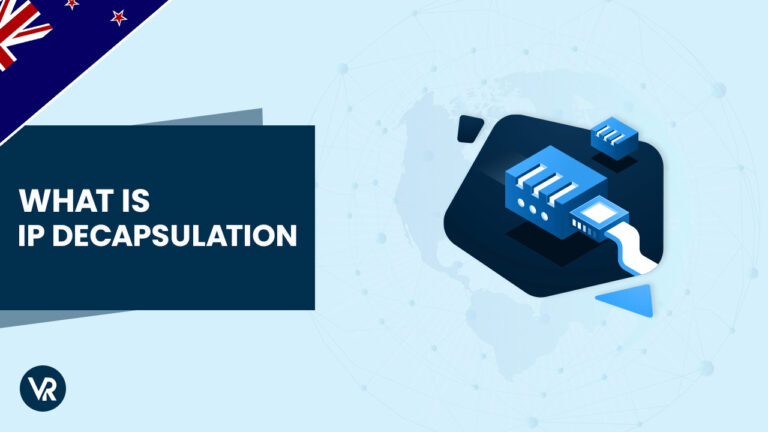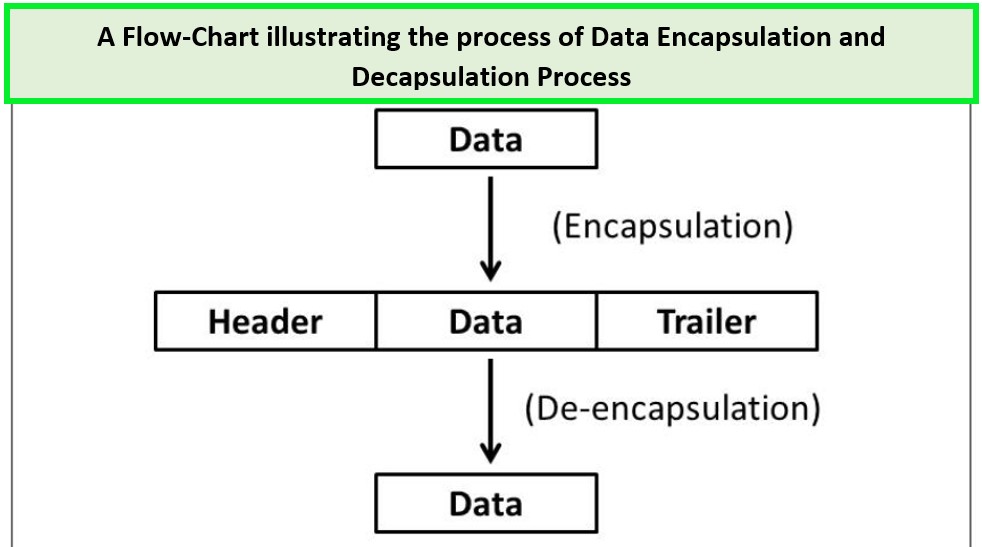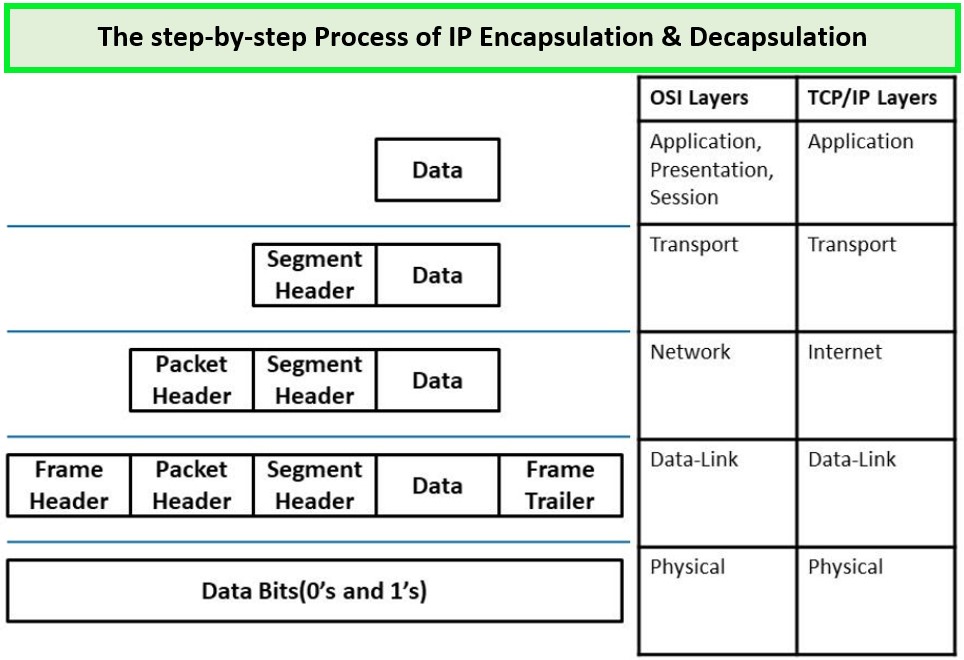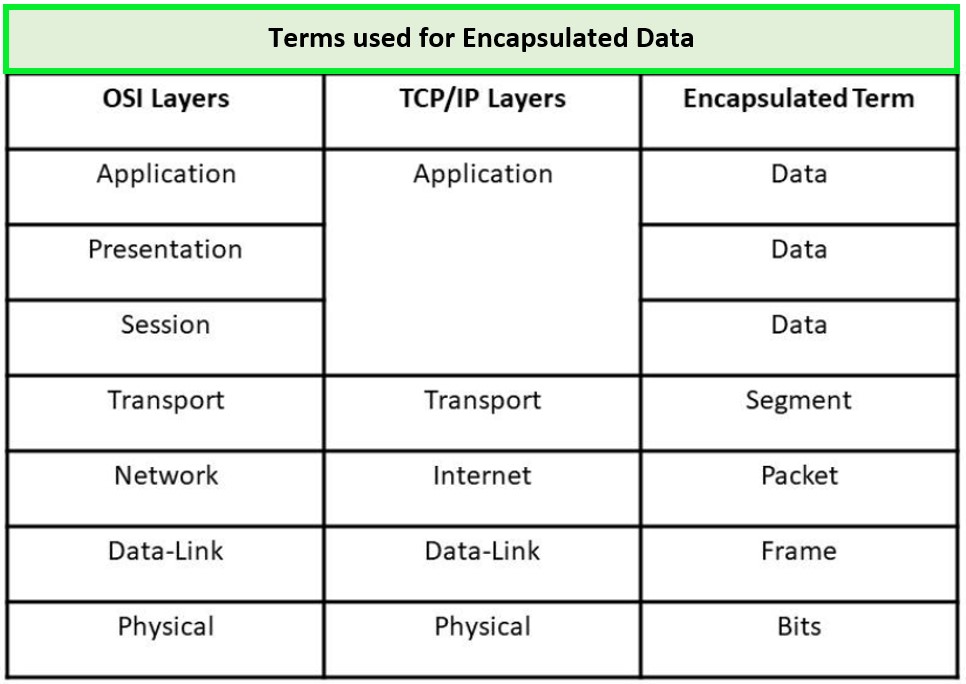
On a fine morning, I was sitting in a coffee shop, delving deep into my thoughts, and then suddenly (out of know where) I felt the itch to know how communication is done over the network. Now I am not much of a tech person, so I mostly rely on google to satisfy my curiosity. A quick visit to google brought me to the concepts of Encapsulation and IP Decapsulation in New Zealand.
If you’re new to these concepts, let me explain them to you from scratch. So, as we know, a communication network is a set of different devices connected with each other. Obviously, some use iPhone while others use Android.
This web of connections can be increasingly confusing to figure out which message is destined for which device. To prevent this, all connected devices follow the typical network model for data communication (as well as IP addresses). The TCP/IP is the most commonly used model worldwide.
These network models function in multiple layers. So, the data that should be forwarded to a new destination must go through these layers. The process of adding information to each layer at the sender’s end is called encapsulation. And the process of removing information from the received data packet at the recipient’s end is called decapsulation.
I guess, we have already explained to you what IP encapsulation is. So, we have brought you another guide to explain what IP decapsulation really means.
What does IP Decapsulation in New Zealand Mean?
As the name suggests, IP decapsulation is a process of unwrapping the capsulated data sent in the packets over a communication network. In a literal sense, it can be defined as unsealing a “capsule,” which refers to encapsulated data in the networking world.
De-Encapsulation Process in New Zealand
Data De-encapsulation in networking is the opposite of data encapsulation. It’s basically pressing “undo” on whatever has been done during the encapsulation process. In this process, the encapsulated data is eradicated from the received data to resurrect the original information. This happens at the receiver’s end.
Just so you know, the data de-encapsulation is usually done on the same layer at the recipient’s end as the encapsulated layer at the sender’s side. This process is basically attributed to the removal of added header and footer information from the data. Here’s how it is done:
- Step 1: In the OSI or TCP/IP network model, the Physical layer receives the encapsulated data signals (bits) from the sender. It starts decapsulating it in the form of the data frame, which is then forwarded to the upper layer named the “Data-Link” Layer.
- Step 2: In this step, the Data-Link Layer receives the data frames and starts decapsulating them. It also checks the frame header to see if they are shifted to the correct hardware. If the frame is moved to an incorrect destination, it gets rejected or sent back to the upper layer. After that, it proceeds to the trailer information when no error is found.
- Step 3: The Data Layer sends the data packet to the Internet Layer. It unwraps the data packets and checks the packet header for incorrect destinations. If it’s routed to incorrect hardware, the packet is rejected or sent back to the upper layer.
- Step 4: In this step, the data reaches the Transport Layer where it de-encapsulates further. It runs checks for incorrect hardware placement. It realigns the data segments to construct data streams, which are then forwarded to the upper layer.
- Step 5: The Application Layer takes encapsulated data from the Transport Layer and starts de-encapsulating it. From there, the application-centric data is sent on to the applications.
Network Interface Layer
Technically, there are several terms used for an encapsulated form of the data. If we go on to explain the decapsulation process, it’s important that you should know these terms and all the name of all network layers.
Now that you’re aware of these terms, check out another fascinating process called IP Filtering. It helps you understand the entire networking process easily.
What is the similarity between encapsulation and IP decapsulation in New Zealand?
The only similarity between encapsulation and decapsulation is that it facilitates the communication process. According to network models, these processes are related to data being sent and received over the communication network.
FAQ – IP Decapsulation in New Zealand
What is the correct order of data encapsulation?
The correct order of data encapsulation is data > segment > packet > frame > bit.
What is Decapsulation in data communication?
Decapsulation is the process of unwrapping the encapsulated data sent in the form of packets over a communication network. In this process, a source device sends a data packet from Layer 7 (the Application layer) to Layer 1 (the Physical Layer).
Why is Decapsulation needed?
The decapsulation is needed to reverse the encapsulation process by removing the information, so a destination device can read the original data.
Conclusion
IP Decapsulation in New Zealand is the reverse process of data encapsulation, where the header and trailer information is removed to resurrect the original information. This process happens at the recipient’s end. In this process, a source device sends a data packet from Layer 7 (the Application layer) to Layer 1 (the Physical Layer).
Hope this clears up your confusion about IP decapsulation. If you still have any queries, feel free to drop them in the comment section below.



